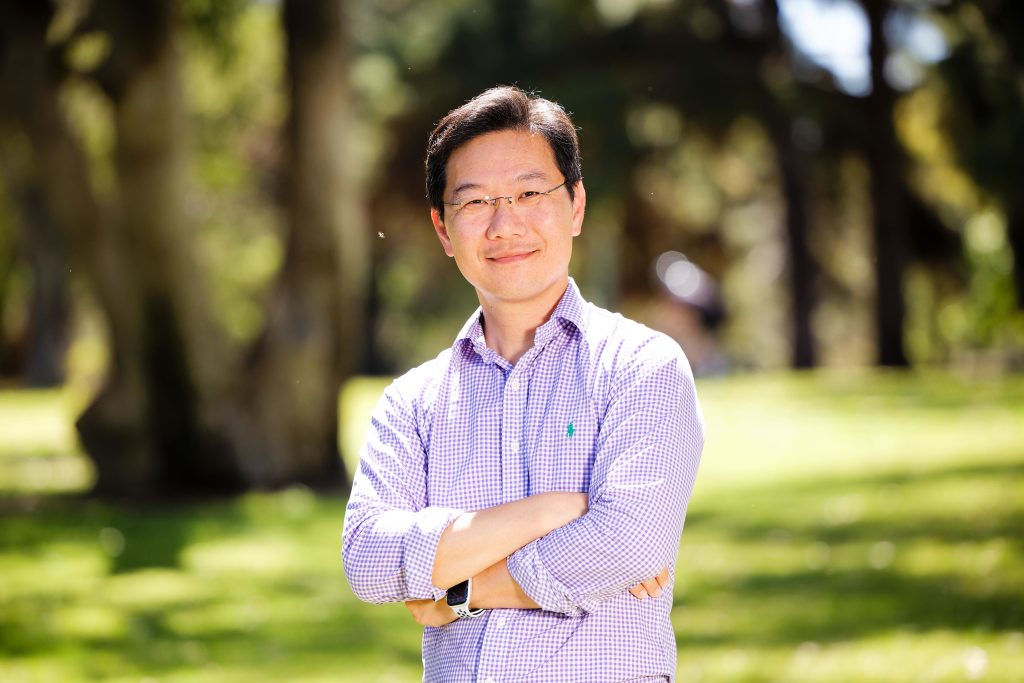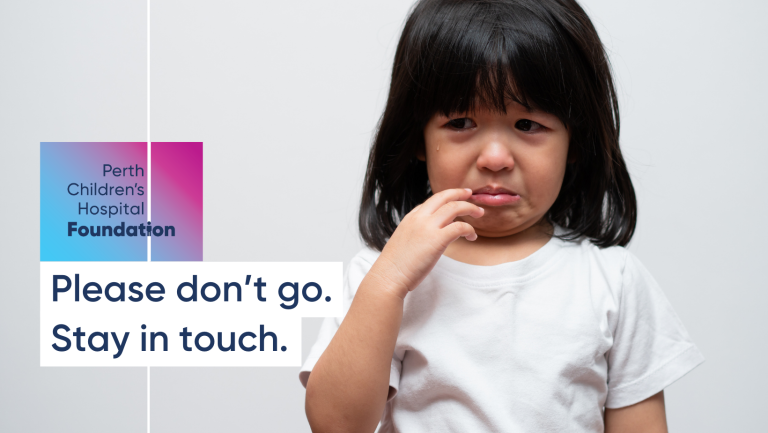
WA researchers discover potential breakthrough for kids with high-risk leukaemia.
- Perth Children's Hospital Foundation
WA researchers discover potential breakthrough for kids with high-risk leukaemia.
- Perth Children's Hospital Foundation
A groundbreaking study by WA researchers has uncovered a promising new approach to treating children with high-risk leukaemia – by combining standard chemotherapy with a bone-strengthening drug already used safely in young patients.
Published in the internationally respected Blood Cancer Journal, the study – which was part-funded by Perth Children’s Hospital Foundation (PCHF) – builds on earlier work showing the benefits of zoledronic acid (ZA) in protecting the bones of children with the most common form of childhood cancer, B-cell acute lymphoblastic leukaemia (B-ALL).
B-ALL starts in the bone marrow, the soft, spongy tissue inside bones where blood cells are made. At diagnosis, more than a third of children experience bone pain, and many go on to experience bone loss or fractures during treatment. One reason for the damage is due to the activity of bone cells called osteoclasts.

Associate Professor Laurence Cheung
ZA is already used to treat bone conditions including osteoporosis and to prevent fractures in adults with cancers such as multiple myeloma and prostate cancer. The medication is given via injection and works by reducing bone breakdown.
Using advanced imaging, WA researchers from the Child and Adolescent Health Service (CAHS) and The Kids Research Institute – led by Associate Professor Laurence Cheung, Chair of the PCH Clinical Trials Subcommittee – demonstrated that ZA not only reduced the number of osteoclasts but also helped reverse the bone damage caused by B-ALL in preclinical models.
“By keeping the bone environment healthier, we’re not just protecting bone strength,” said A/Prof Cheung. “We’re also seeing signs that ZA, when added to standard chemotherapy, appears to help reverse the bone damage and may even boost overall treatment effectiveness.”
For families like Maddy’s, the research offers hope. Maddy was just seven years old when she was diagnosed with B-ALL. During her treatment, she developed two spinal fractures and lost the ability to walk for nearly 18 months. Maddy is now 13 and in remission.
Maddy’s mum, Lauren, hopes the research will help other kids have an easier path. “It’s incredible that this research has been done. It means recovery will be easier, and kids can get back to being kids, even during treatment,” she said.
The study also sheds light on the bone marrow microenvironment, the immediate surroundings of leukaemia cells.
“We’ve traditionally focused on targeting cancer cells directly,” said A/Prof Cheung. “But we’re now learning that the neighbouring cells can act like ‘partners in crime’, helping the cancer cells to act more aggressively and survive and resist treatment.”
The research team now hopes to launch clinical trials to further test ZA as part of treatment plan for children with B-ALL. They also aim to investigate how other cells in the bone marrow might be targeted in future therapies.
Perth Children’s Hospital Foundation CEO Carrick Robinson said: “Current chemotherapy drugs are highly toxic, and as a result, children often endure painful side effects and long-term complications from their treatment. That’s why, as the specialist children’s charity, PCHF is committed to supporting WA researchers in developing smarter, more targeted therapies, so we can help more WA kids not only get well but stay well.”
“It’s exciting to have the team’s work recognised on an international stage,” said A/Prof Cheung. “There’s still so much to learn about childhood leukaemia, which is why we’re so grateful to funders such as PCHF for their support and hope to continue working together to push this research even further.”
Support more groundbreaking research like this and help give WA’s sick kids the best chance of a healthier, happier future. Donate today.

